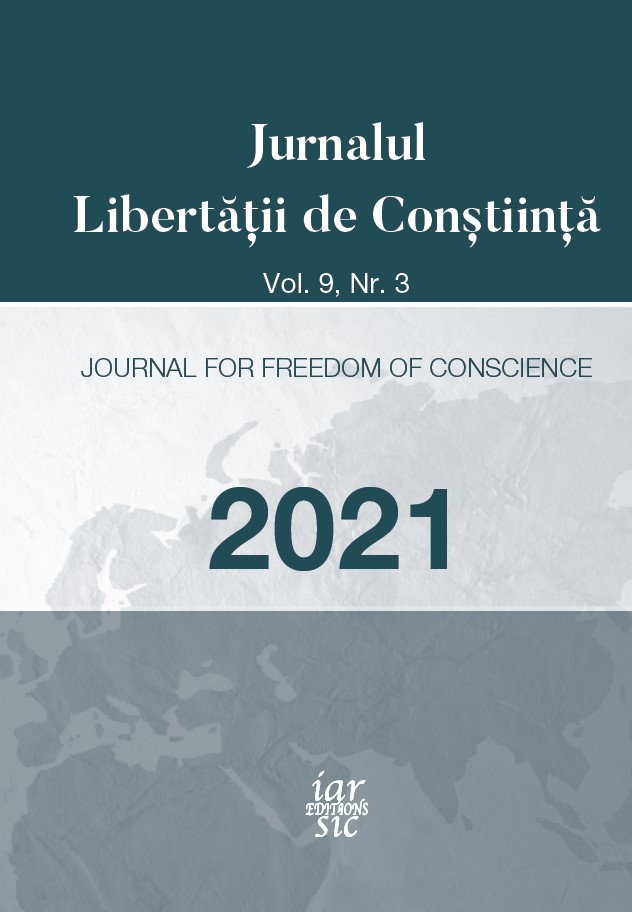MOUNTAIN SOCIAL DEVELOPMENT MODELS, BETWEEN PRINCIPALITY, CONSCIENCE AND EVOLUTION. AN OVERVIEW
MOUNTAIN SOCIAL DEVELOPMENT MODELS, BETWEEN PRINCIPALITY, CONSCIENCE AND EVOLUTION. AN OVERVIEW
Author(s): Brîndușa Sterpu, Mihai CovaciSubject(s): Economic policy, Social development, Rural and urban sociology, Law on Economics
Published by: Editions IARSIC
Keywords: conscience; evolution and principality; mountain social development model; mountains of the world continents; mountain people;
Summary/Abstract: The mountain population living in the most relevant mountain areas of the world is organized in various social forms, its principles and development being different in time and space. The organization of the mountain population in a certain area depends on factors such as the altitude at which certain activities take place, the degree of social cohesion of people in an area, the systems of socio-cultural and religious values of the studied group, etc. However, the mountain population of the world can be seen as a whole as it is defined by features common to this area. Among these characteristics can be listed the principality, social and mental verticality, independence and autonomy - attitudes developed by the roughness and harshness of mountain life. Even after leaving the mountain space, the inhabitants of these lands remain steadfast to the characteristic mountain principles and consciousness.
Journal: Jurnalul Libertății de Conștiință
- Issue Year: 9/2021
- Issue No: 3
- Page Range: 475-490
- Page Count: 16
- Language: English

